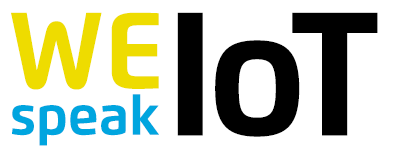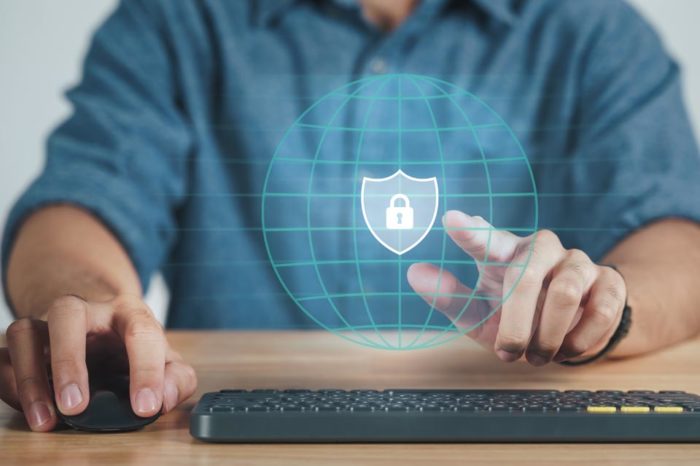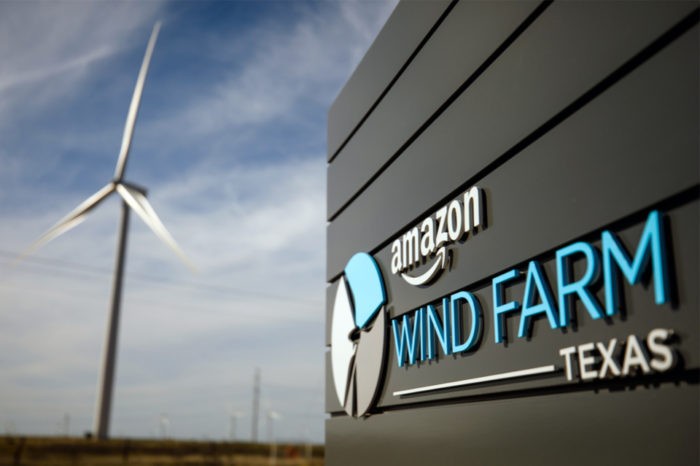How IoT Can Be a Force to Protect the Environment

Using IoT to protect the environment? The eco-conscious movement influenced the market, challenging environmentally degrading business practices. As a result, companies now search for sustainable solutions, improving the energy efficiency of their production and distribution processes. Fortunately, environmental engineers and scientists generated autonomous devices to track and alter emission-driven activities.
The devices access the Internet of Things (IoT), enhancing real-time monitoring and solution development. Commercial, government and residential sectors can utilize IoT to protect the environment, reducing their carbon emissions and surface pollution. When we sense and regulate ecological harm, we can effectively mitigate adverse human interference.
Green Buildings
Environmentally conscious buildings use IoT through smart appliances. The devices are programmable and autonomously energy efficient. For example, smart thermostats use weather detection and motion sensing to maintain a low emission temperature.
Heating, ventilation and air conditioning (HVAC) systems generate 441 million tons of greenhouse gas emissions every year. Smart thermostats significantly lower HVAC pollution by turning the system off when sensors detect a vacant building. It also turns their air conditioning off at night in the summer when the temperature drops, saving energy and money.
Green buildings also use IoT energy monitors, gaining access from the electricity meter*. The devices connect to the building owner’s smartphone, relaying outlet and appliance-specific data. Individuals can take the reading and cut back their use of high-energy absorbing gadgets and programs.
Agriculture
IoT can assist sustainable farming, reducing water and energy use. Smart sprinklers connect to the internet, accessing weather predictions. They use the data and optimize watering times.
We use nearly 70% of the global freshwater supply for agriculture. The planet’s population is continuously expanding, challenging our ability to feed all individuals. We can increase the food supply while decreasing water exploitation using IoT.
Smart sprinklers water crops during cool and dark hours, preventing resource loss through evaporation. They also restrict excess watering in high precipitation months. In addition, agricultural companies can pair the device with a monitor, further reducing energy and water use.
Smart analytic water monitors track a system’s resource use*, helping owners cut back on resource exploitation and carbon emissions. In addition, the device minimizes downtime and improves system reliability. When we conserve natural resources and limit air pollution, the global ecosystem thrives.
Climate Change Monitoring
IoT can directly engage with environmental protection using climate change monitoring. The devices evaluate pollution problem sources and promote sustainable solutions. They collect land, water and air samples, testing the ecological conditions.
Sensors take data collections and send them to remote researchers through the internet. The remote connection reduces transportation emissions from professionals driving to and from a site. It also efficiently collects data, accessing a broader, more informed reading than ever before.
Climate change monitors provide the necessary data supporting clean energy grid development. When we access viable regions with high pollution rates and sunlight accessibility, we may convert them into solar farms. Generating a renewable energy-driven electric grid could significantly reduce greenhouse gas emissions.
We can fuel the development of an electric grid using the Build Back Better funding. Biden is allocating two trillion dollars to the renewable energy sector, enhancing production and employment. In addition, advancing climate change monitoring devices could help develop a carbon-neutral national energy source.
Air Quality
IoT additionally influences global air quality and atmospheric pollution reduction. For example, South Korea is using smart air monitors to track subway tunnel air conditions. Sensors read the concentration of particulate matter and relay the data to off-site researchers.
A cloud computing system calculated the difference in daily air quality readings. Then, they use the information and create emission filtration and reduction techniques.
Some environmental conservation professionals take the reading and install carbon-capturing technology, significantly reducing atmospheric pollution. CarbFix uses IoT monitoring and automation, absorbing carbon emissions and converting them to energy-producing minerals. Enhancing global air quality can aid in climate change prevention.
Adopting Eco-Friendly IoT
Many individuals are unaware of the role IoT plays in our lives currently. For example, cars with blind-spot monitoring technology use IoT, protecting drivers from potential danger. Similarly, emission reduction devices protect the planet from adverse climate effects.
===
* Links contain advertisement









